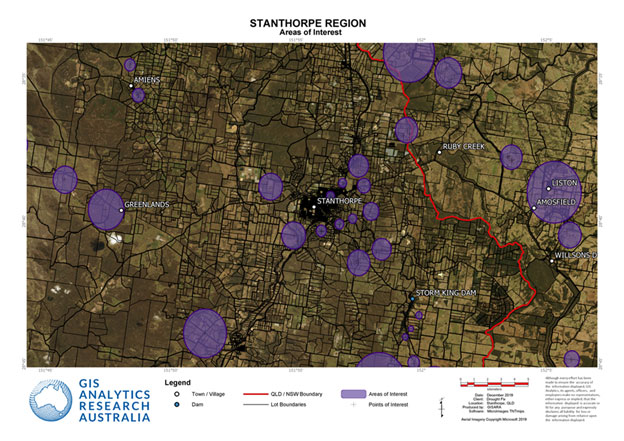Our Technology
Deep Seated Water Technologies are Unique Exploration and Resource Management Solutions Designed to Solve the World's Water Challenges
- It is the missing piece for regional planning and water management strategies to assure water supply security.
- It stabilizes and enables communities and local economies to prosper and expand while enhancing, protecting and restoring nature’s pristine water systems.
Exploration techniques for locating and extracting metals, gas, oil, and other minerals have advanced dramatically over the course of the past century with well-established operating standards and procedures across these industries. However, the technologies and methodologies for the detection and exploration of groundwater have not progressed at the same rate, and therefore have not been proven to be significantly reliable and economical, until now.
AquaterreX possesses a unique Geospatial Data Analysis and Assessment Method for the Geospatial Mapping, Locating and Extraction of High quality, high quantity, fresh water.
DSW Tech advancements give science-based certainty and accuracy on where to drill and where not to drill.
Two Key Questions
We must consider two questions:
- Are there reliable methods of groundwater exploration, outside of conventional paradigms, that can eliminate shallow-water deficits and concerns about scarcity?
- Are there technologies for pinpointing the exact location of high-quality, sustainable-flow water, making well drilling and extraction less costly and more trustworthy?
How AquaterreX Finds High Quality, High Quantity, Sustainable-Flow Water
In modern times, tremendous amounts of money, time, and effort have been dedicated to the control and alteration of surface waters. However, the vast majority of fresh water lies beneath Earth’s surface. The U.S. National Groundwater Association estimates that there are 22.6 million cubic kilometers of groundwater in the upper two kilometers of the earth’s crust. That is enough water to supply Earth for over 6,000 years at today’s global consumption rates! Tapping less than two tenths of one percent of this water annually could provide nearly 17 gallons (64 liters) of additional fresh water per day to every man, woman and child on the planet. Thus, groundwater resources, either previously undetected or thought to be fossil, nonrenewable, or inaccessible, do exist, are renewable, are easily accessible and are considerable in size. We have generically termed these water resources “Deep Seated Water.”
When engaging in exploration for Deep Seated Water, cracks and fissures in rocks serving as conduits for water over great distances are targeted. In ideal conditions, these waters are not subjected to drought conditions and are available in abundance.
The locating and extraction of deep-seated water is a technical process that spans several different fields of science and engineering technology. There are four basic steps:
Acquisition of Remotely Sensed Geospatial Data
1) The acquisition of remotely sensed geospatial data acquired via satellites and airborne geophysical surveys. This includes satellite imagery, magnetic, gravity, gamma-ray (radiometric), and digital elevation datasets. Available data varies by region, but higher resolution data results in significantly better target detection.
Processing, Integration and Analysis of Data Sets
2) The processing, integration, and analysis of these data sets in geographic information software (GIS) systems with proprietary techniques. These unique methodologies allow for the detection of shallow and deep groundwater systems, and result in identified areas of interest for field surveys.
Observation and Inspection
3) On-site, on-the-ground observation and inspection by an AquaterreX team. A field survey is conducted to verify and validate the findings of the remote analysis, allowing for the accurate identification of exact locations for bore sites (within 1 meter). This includes the deployment of seismic and electro-resistivity measurement devices to map underground structures and locate water. The combination of remote analysis and on-ground survey information significantly improves the chances of obtaining water.
Drilling the Well
4) Drilling the well In many cases this requires drilling rigs with a capacity to drill through hard rock. Although many bore holes may be shallower, the typical depth for a DSW well is 200-300 meters.

